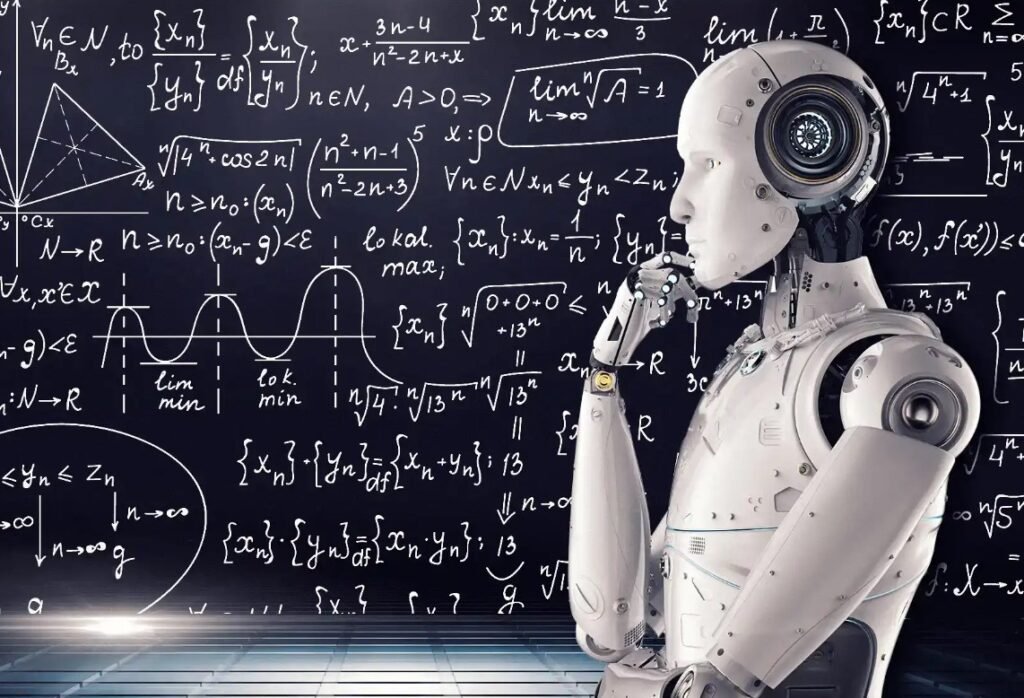Although Machine Learning is still a relatively new concept to many, its role in Artificial Intelligence (AI) has become increasingly significant in recent years. As the amount of data generated continues to grow exponentially, traditional methods of analyzing and extracting insights from this data have become insufficient. This is where Machine Learning comes into play.
What is Machine Learning?
Machine Learning can be defined as a subset of Artificial Intelligence that enables machines to learn from data and improve their performance without being explicitly programmed. It uses algorithms to identify patterns in large datasets, which are then used to make predictions or decisions on new data.
Types of Machine Learning
There are three main types of Machine Learning:
- Supervised Learning: In this type of Machine Learning, the algorithm is given a labeled dataset, where the input data and corresponding output values are already known. The algorithm then learns to map this input-output relationship and can predict the output for new input data.
- Unsupervised Learning: Unlike Supervised Learning, Unsupervised Learning deals with unlabeled datasets, where there is no predetermined output value. The algorithm is left to find patterns and relationships on its own, without any guidance.
- Reinforcement Learning: This type of Machine Learning involves training an algorithm to make decisions in a dynamic environment based on trial and error. The algorithm receives rewards or punishments for its actions, which helps it learn the optimal behavior over time.
Applications of Machine Learning
The applications of Machine Learning are vast and diverse, with almost every industry utilizing it in some form or another. Some of the most common applications include:
- Image and Speech Recognition: Machine Learning algorithms can be trained to identify and classify images or transcribe speech accurately.
- Natural Language Processing (NLP): NLP involves teaching computers to understand and generate human language, which has numerous applications, such as chatbots and virtual assistants.
- Predictive Analytics: Machine Learning can be used to analyze large datasets and predict future trends or outcomes, making it valuable in fields such as finance and marketing.
- Recommendation Systems: Many online platforms use Machine Learning algorithms to recommend products or content to users based on their past behavior and preferences.
The Future of Machine Learning
As technology continues to advance, the role of Machine Learning in AI is only going to become more significant. With the increasing availability of data and advancements in computing power, Machine Learning will continue to revolutionize industries and pave the way for even more sophisticated AI applications.
With its ability to learn and adapt, Machine Learning has the potential to drive innovation and change across various fields, making it a crucial component of Artificial Intelligence. As more research is conducted and new algorithms are developed, the possibilities for Machine Learning will only continue to expand. So, understanding this technology and its impact on AI is essential for anyone looking to stay ahead in our rapidly evolving digital world. So, keep learning and exploring the exciting world of Machine Learning!
To read more articles visit XYZ Webtoons
